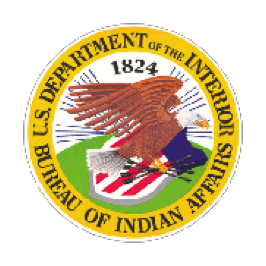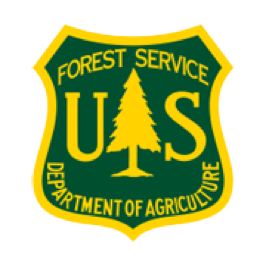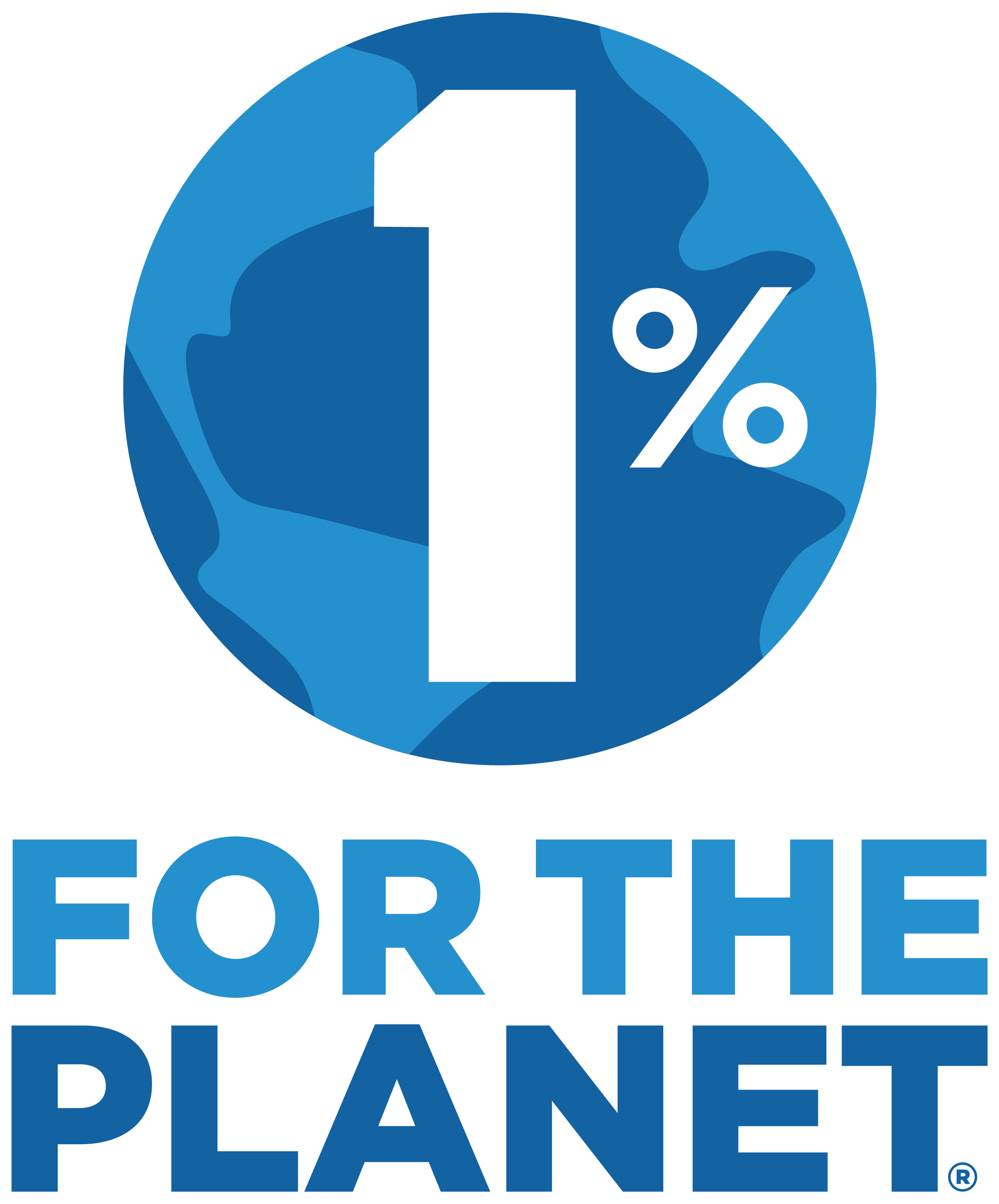Tribal Highlight: Confederated Tribes of Coos, Lower Umpqua, and Siuslaw Indians Awarded Funds to Restore Tidal Wetlands
Utilizing funding awarded by the America’s Ecosystem Restoration Initiative (AERI) competitive grant program for ecological restoration and cultural preservation, the Confederated Tribes of Coos, Lower Umpqua, and Siuslaw Indians are restoring tidal wetlands to improve Oregon Coast coho salmon habitat.
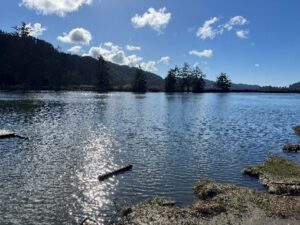 Oregon – The National Fish and Wildlife Foundation (NFWF) announced the America the Beautiful Challenge in 2022, establishing five years of grant funding to support state, territory, and Tribally-led ecosystem restoration. One of fourteen Tribes awarded FY22 funding, the Confederated Tribes of Coos, Lower Umpqua, and Siuslaw Indians (CTCLUSI) are utilizing AERI funding to restore endangered Oregon Coast coho salmon habitat by re-establishing floodplain connectivity on 180 acres of former tidal wetlands in the Siuslaw River Estuary.
Oregon – The National Fish and Wildlife Foundation (NFWF) announced the America the Beautiful Challenge in 2022, establishing five years of grant funding to support state, territory, and Tribally-led ecosystem restoration. One of fourteen Tribes awarded FY22 funding, the Confederated Tribes of Coos, Lower Umpqua, and Siuslaw Indians (CTCLUSI) are utilizing AERI funding to restore endangered Oregon Coast coho salmon habitat by re-establishing floodplain connectivity on 180 acres of former tidal wetlands in the Siuslaw River Estuary.
On October 23, 2024, NAFWS Grants Coordinator Megan Hawkins and Grants Field Liaisons Andy Edwards and Katie Schultz joined Kyle Terry, Project Manager, and Tyler Slyter, Chief Operations Officer, from CTCLUSI for a tour of the tidal wetland restoration site at the midway point of a phased, multi-year construction project. Also present were Nathan LeClear with McKenzie River Trust (MRT), which is the current owner of the site, and Mizu Burrus from the Siuslaw Watershed Council (SWC), a local non-profit and project partner.
CTCLUSI has partnered with MRT and the SWC to restore Oregon Coast coho salmon habitat by focusing on tidal wetland restoration at haich ikt’at’uu, which translates to “Heart of the River” in traditional Siuslaw language. The restoration of this property from a cattle ranch (for many decades haich ikt’at’uu was referred to as “Waite Ranch”) to its historical function as tidal wetlands will re-establish habitat connectivity for Oregon Coast salmon, providing much needed wetland habitat for young life stages. Other anadromous fish will reap benefits as well. Supporting the restoration of these fish species provides Tribal citizens with the opportunity to honor and maintain their cultural practices and project staff have hopes that subsistence fishing will be possible again in the future.

 Aerial photos of haich ikt’at’uu from May 2023 before restoration work began (top photo),
Aerial photos of haich ikt’at’uu from May 2023 before restoration work began (top photo),
and October 2024 highlighting the setback levee and channel excavations.
A 180-acre wetland restoration project – especially one that requires a major land use conversion – is a massive undertaking. This AERI project benefits from a detailed and lengthy design phase, which laid the foundation for the strong partnership that now drives the restoration effort. Ironing out those details took a lot of time, energy, and funding, but those efforts set the stage for a very smooth implementation phase largely funded by AERI. All the preliminary communication and joint efforts between CTCLUSI and their partners has had benefits beyond this particular project. “Now we have the resources and experiences from this project that will allow us to be more hands on in future restoration projects,” stated Tyler Slyter, CTCLUSI’s COO, when expressing how this project has helped to eliminate silos and bring together groups with a common conservation vision.
The history of haich ikt’at’uu’s land use is difficult to piece together, with gaps in the records of past site modifications. What is clear is that the restoration site was originally a tidal wetland, featuring a natural levee. For over a century, the site was a cattle farm, during which time the natural levee was altered and the site dewatered and built up. Located within the tidally influenced lower reaches of the Siuslaw River, the historical wetland nature of the site will be revitalized through this project, creating a dynamic tidal ecosystem once again.
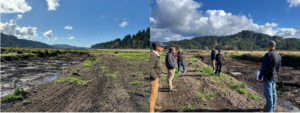
Newly constructed main channel
The restoration efforts take place during summer seasons under dry conditions in order to successfully reshape the wetland for future tidal flow. This includes removing the existing low-functioning tide gate, which currently controls flow into an existing 30-acre slough that lies between the highway and the new protective levee described below, and replacing it with an updated 52’ tide gate system, much more suitable for fish passage and protection from inundation. Additionally, much of the current levee between the former wetland and the river will be regraded, and there will be two main levee breaches to allow more floodplain and tidal connectivity to the restored wetland. To protect neighboring landowners from flooding, a new protective setback levee that runs parallel to the highway and then curves south and connects to a natural levee that runs east/west on the southern side of the site was constructed. The newly excavated primary channel and multiple secondary channels will mimic historic wetland hydrology and ecosystem functions. Small side channels off the main channel were started; however, they were not fully excavated, instead being left with the intent to allow the water to ultimately choose the shape, direction, and extent of those flows. Woody debris and raptor perches were placed within the wetland – the direct result of a request from Chief Doug Barrett who, as a CTCLUSI council member, reflected on the importance of re–establishing habitat for these species. In its current state, much of the property is covered in non-native pasture grasses; however, project staff are hopeful that the return of brackish water to the property will control and eradicate the non-natives.

The group discusses the restoration goals and construction that has occurred.
Upon completion of excavation and construction, they will be able to replace the tide gate and make the final changes to the outer levee that will once again allow the Siuslaw River and tides to bring life sustaining water to the restored wetland – providing critical habitat for Oregon Coast coho salmon, other anadromous fish species, and many species of wetland associated wildlife and plants important for a healthy ecosystem and cultural well-being of the CTCLUSI people.
“The benefits of this AERI award and the capacity it has provided CTCLUSI to be involved at such a level goes way beyond just this specific restoration project – it stands up as a shining example of how the Tribes can be good partners to work with on any number of projects and for many purposes, whether habitat restoration or environmentally friendly and culturally responsible economic or energy development or something else. The Tribe is a part of the community and is vested in its sustainable future and growth and therefore desires to work with their neighbors to accomplish these goals.” – Tyler
Supporting Tribal Conservation
In 2022 and 2023, Tribal Nations requested about $500 million through the America the Beautiful Challenge program (now known as America’s Ecosystem Restoration Initiative). NFWF and the agencies have committed to providing at least 10% of annual funds to Tribes. Thus far the quality of Tribal proposals has been rewarded with over a third of funds going to Tribal Nations! In the first two years NFWF awarded 35 projects to Tribal Nations, totaling about $76 million. While this amount is significant, the disparity between requested and awarded funding demonstrates the need for long-term, sustainable funding for Tribal conservation and restoration.
About Us
NAFWS is the only national Tribal organization with a specific focus on Tribal fish and wildlife resources. As a unique membership organization with 227 Support Member Tribes in 7 regions, NAFWS strives to meet the needs of its Individual Members and Member Tribes through conferences, trainings, youth education, and by participating with innovative projects and initiatives in Indian Country.
Disclaimer: This project is made possible through a grant from the National Fish and Wildlife Foundation.
Disclaimer: The text of this article has been changed to reflect the new name of the America’s Ecosystem Restoration Initiative. For more information on this change, please contact Megan Hawkins, [email protected].
